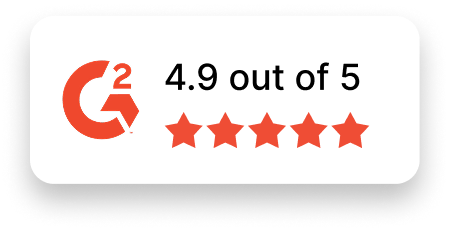Aerospace Engineer Job Description Template
Use this template to craft job descriptions for hiring Aerospace Engineers at various levels. Customize the details to align with your company’s specific requirements.
Job Title: Aerospace Engineer
Location: [Specify Location or Remote]
Job Type: [Full-time/Contract/Remote]
About the Role
We are seeking a skilled Aerospace Engineer to design, develop, and test advanced aircraft, spacecraft, and related systems at [Your Company Name]. Your expertise in areas such as aerodynamics, propulsion, structural design, and avionics will drive innovation and help shape the future of aerospace technology. Working closely with a collaborative team of engineers and scientists, you’ll ensure that all systems meet stringent safety, performance, and regulatory standards.
This role offers an exciting opportunity to tackle complex engineering challenges and contribute to projects that advance aviation, space exploration, and defense. Whether you’re looking to work remotely or in person, this position provides a dynamic environment where you can thrive professionally.
Key Responsibilities
- Design and develop aerospace systems, including aircraft, spacecraft, and missiles, prioritizing performance, safety, and cost-efficiency.
- Conduct research and analysis to enhance aerodynamic efficiency, structural integrity, and propulsion systems.
- Create and analyze models and simulations to forecast system behavior and ensure compliance with design standards.
- Perform testing and validation of aerospace components to meet regulatory and safety requirements.
- Collaborate with multidisciplinary teams, including mechanical, electrical, and software engineers, to integrate complex systems.
- Document engineering designs, findings, and recommendations through technical reports and presentations.
- Oversee manufacturing, assembly, and quality assurance processes to ensure systems meet specifications.
- Stay current with industry trends and incorporate emerging materials, technologies, and software tools into designs.
- Troubleshoot and resolve technical challenges during development and testing to optimize performance and reliability.
Required Skills & Experience
- Bachelor’s degree in Aerospace Engineering, Mechanical Engineering, or a related field (Master’s or Ph.D. preferred).
- Proven experience in aerospace engineering, with expertise in design, analysis, or testing.
- Strong knowledge of aerodynamics, propulsion systems, structural materials, and avionics.
- Proficiency with engineering tools such as CAD, CFD (Computational Fluid Dynamics), and FEA (Finite Element Analysis).
- Familiarity with aerospace safety standards, regulatory requirements, and industry best practices.
- Exceptional problem-solving and analytical skills to address complex engineering challenges.
- Effective communication skills to present technical concepts to diverse stakeholders.
- Ability to manage multiple projects and work collaboratively within multidisciplinary teams.
Why Join Us?
- Innovative Projects: Be part of advancements in aviation, space exploration, and defense technologies.
- Career Development: Access opportunities for ongoing learning and professional growth in aerospace engineering.
- Competitive Compensation: Enjoy industry-standard salaries and benefits designed for aerospace professionals.
- Collaborative Team: Work alongside experienced engineers, scientists, and industry experts in a supportive environment.
- Inclusive Culture: Join a company that values diversity and inclusion, fostering a workplace where everyone can thrive.
Apply Now
Are you ready to elevate your aerospace engineering career? Join us and contribute to developing cutting-edge technologies that are shaping the future. Apply today to make an impact!

